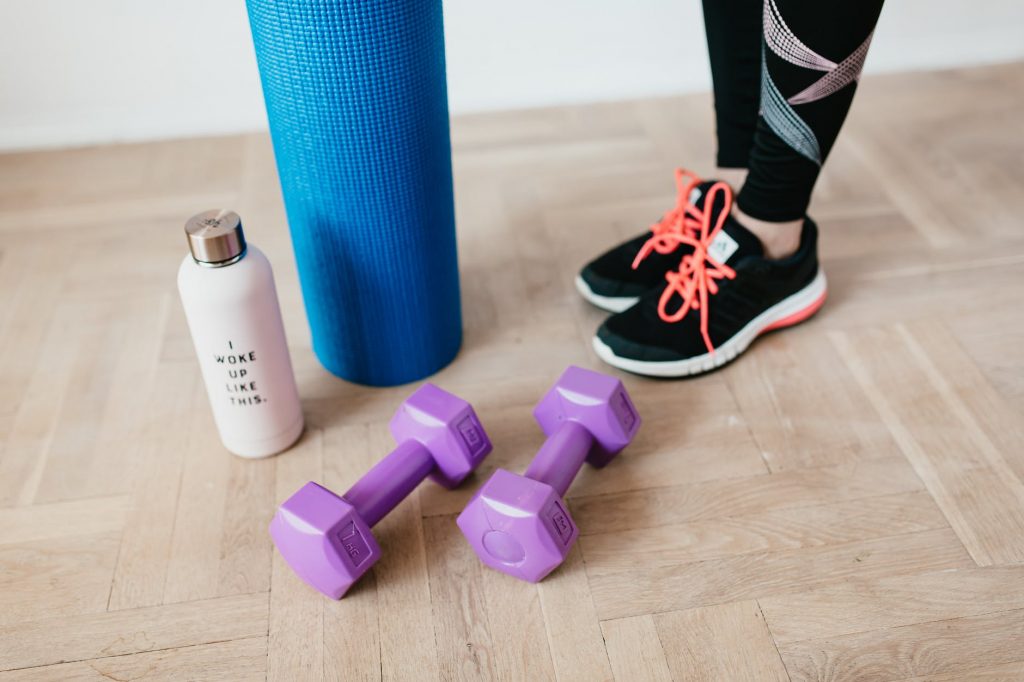There are over 300 million yoga practitioners as of 2021. What makes yoga popular is it’s ease and the environment it’s done in – most yoga practitioners conduct their sessions inside rooms. Bikram yoga is a type of yoga that is done in heated rooms to induce sweating and purportedly increase metabolism.
PIlates is a form of a physical activity developed by Joseph Pilates in the first few decades of the 1900’s. Pilates shares some similarities with yoga, although the main difference is the development and focus on core strength rather than flexibility.
There are poses that yoga and pilates have similarities in, like the boat pose in Pilates being equivalent to Halasana. In this article, we will be discussing how both of these exercises help contribute to weight loss. The criteria will be based on the intensity, how the poses engage muscle groups, the mental aspect of each, and the respiratory demands required to perform the exercises.
Intensity
Both yoga and pilates are low-impact exercises – they don’t require exertion on the central nervous system, as compared to bodybuilding or HIIT workouts. They also don’t require repeated muscle contractions or strength development via resistance. The two exercises focus on developing flexibility and endurance.
Yoga’s focus on breathing activates cellular respiration, similar to aerobic exercises. This helps burn glucose present in the body. With enough time (spending hours on yoga exercises), one can burn a lot of calories as if they’ve spent 30 minutes to 1 hour of heavy lifting in the gym.
Pilates is also at the same level of intensity, if not, greater. In fact, it’s the yoga equivalent of weight lifting. Pilates is focused on keeping techniques clean. There’s a clear focus on executing the moves properly rather than on repetition. The focus on execution engages more muscle groups, and with about the same difficulty rating as doing isolation exercises for weight lifting.
What Muscle Groups Are Engaged?
Both pilates and yoga engage major muscle groups in the body. Yoga engages the core, arms, legs, thighs, buttocks, and the back, specifically the lower regions.
Pilates exercises engage core or abdominal muscles, but there is also involvement from the arms and the thighs. Due to the repetitive nature of the exercise, it helps develop long muscle fibers which help with endurance. Long muscle fibers are made for endurance tranining, and they require extended periods of usage to be activated.
Between the two, yoga involves much more muscle groups, while pilates focus on core or abdominal strength. Remember, the more muscle groups are involved, the faster calories are burned. However, pilates focuses more on repetition, so it’s a better weight loss activity.
Mental Aspects of the Exercise
Both yoga and pilates require a person to enter meditative states, but yoga undoubtedly has separate exercises dedicated to breathing and awareness. While pilates does incorporate a mental aspect to its exercise (e.g. controlled breathing as a form of cooldown exercise), it doesn’t have a mental benefit as opposed to yoga.
While mental aspects of an exercise don’t have a correlation to weight loss, it indicates whether a group of activities are more suitable for weight loss or not. In this case, the exercise that has a group of activities with multiple meditative sessions do not contribute as much to weight loss. Pilates then becomes the better option out of the two.
Respiratory Demand
Both of the exercises require controlled breathing to attain the different positions. For example, some yoga poses are difficult to achieve without proper breathing form. Yoga is focused on flexibility and requires that the diaphragm is relaxed to allow the spine to bend with ease. Most of the poses in yoga require a full inhalation and exhalation to allow the lungs to deliver oxygen to muscle while they’re in extended contractions. Padangusthasana, or a standing toe touch, requires the lungs to be emptied of air.
Pilates on the other hand requires controlled breathing, but not in the same manner as yoga. Where yoga requires full exhalation to achieve poses, pilates requires a consistent breathing pattern to help stabilize the core muscles. It’s much more demanding on the lungs, and it’s very similar to how most runners control their breathing to lessen the impact of force that travels to the body that originates from the force of the feet slamming into the ground.
Respiration also has an effect on the body’s metabolism. The body burns calorie reserves more efficiently when there is a lot of oxygen in the bloodstream. While yoga does require deep breaths, it only needs practitioners to do a few on each pose, while pilates needs the individuals to do one cycle of respiration for every repetition. This confirms pilates to be the more oxygen-demanding between the two.
Conclusion
If you’re thinking about going for low-impact exercises such as yoga or Pilates for your weight loss journey, it’s better to opt for Pilates instead. It’s much more physically demanding, but doesn’t damage the organs like how running would. Some poses in yoga require extreme flexibility but Pilates saves you the difficulty of performing those, replacing them with simple and effective movements.
